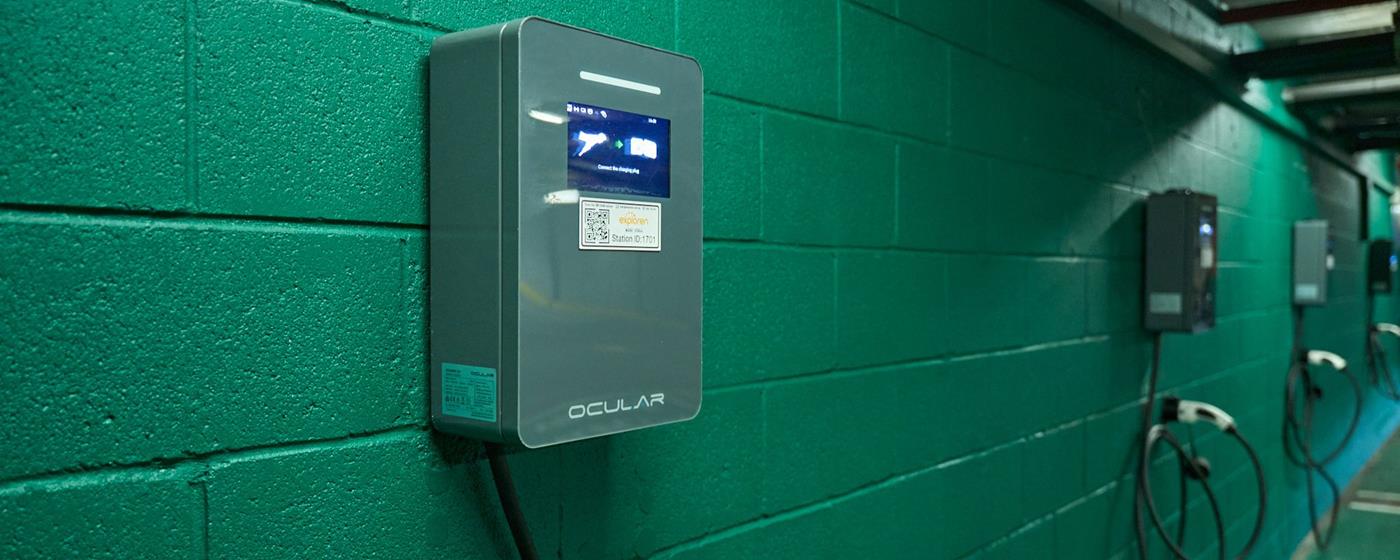Trends in EV charging

The state of electric vehicle (EV) charging is changing dramatically, driven by advancements in battery technology and renewable energy sources. These innovations enable longer driving ranges, faster charging times, and the integration of sustainable energy solutions, making EVs more practical and environmentally friendly. The Global EV Outlook 2024 report from the International Energy Agency (IEA) presents a thorough examination of these trends, emphasising the EV charging infrastructure’s rapid innovation and expansion.
Expansion of Charging Infrastructure
Range anxiety is a major obstacle to EV adoption, and expanding EV charging infrastructure is key to overcoming it. Worldwide, the number of public and private charging stations has increased significantly, according to the IEA. To guarantee that EV charging stations are widely available, both government and private sector entities are making significant investments. For example, China possesses a greater number of public charging stations than any other country in the world, closely followed by Europe and the United States. This ensures the expansion of public charging stations for both public spaces and highways.
Fast Charging and Ultra-Fast Charging
Fast charging technology developments are essential to increasing the practicality of EVs. Ultra-quick chargers, which can charge an EV to 80% in 15-20 minutes, and fast chargers, which can provide a full charge in less than an hour, are becoming more easily accessible. For users without access to home charging and for long-distance travel, these solutions are especially crucial. Due to encouraging regulations and market demand, it is anticipated that the use of these high-power chargers will increase.
Integration with Renewable Energy
To reduce their carbon footprint, an increasing number of new charging stations are being paired with solar panels, wind turbines, and other renewable energy sources. This relationship helps balance the grid by utilising excess renewable energy during periods of peak production, in addition to making EV charging more environmentally friendly. This trend is especially noticeable in regions like the European Union and particular areas of the United States that have made significant commitments to renewable energy.
Smart Charging and V2G Technology
Another important advancement in EV charging is smart charging technology. To optimise charging periods based on electricity availability and demand, smart chargers can interact with the grid. This helps to manage the load on the system and lowers consumer electricity bills. This is further enhanced by vehicle-to-grid (V2G) technology, which permits EVs to return energy discharged back into the grid. With this feature, EVs become transportable energy storage devices, improving the energy system’s overall efficiency and offering a flexible grid management option.
Policy and Incentives
Infrastructure for EV charging is continuing to expand due in large part to government regulations and incentives. Many nations are putting policies in place that involve tax incentives for installing charging stations, subsidies for buying electric vehicles, and requirements for charging infrastructure in newly constructed buildings and public areas. For instance, the New South Wales government has rebates in place to incentivise customers to purchase EVs, while the Victorian government is contributing 19 million dollars to accelerate the roll out of EV charging infrastructure.
Focus on the User Experience
Improving the user experience is a major priority in the infrastructure development for EV charging. This involves making certain that charging stations are dependable, simple to use, and network-interoperable. It’s becoming customary to receive real-time information on charger availability, status, and cost through smartphone apps. Upgrades to payment method s, such as the addition of credit card modules to public DC chargers allowing for contactless transactions are simplifying the process for customers to conveniently charge their cars. Building consumer trust and promoting the widespread adoption of EVs depend heavily on these initiatives.
The IEA’s Global EV Outlook 2024 analyses trends in EV charging, that demonstrate how rapidly and dynamically this industry is developing. Accelerating the adoption of EVs requires supportive policies, a focus on user experience, and the development and technological upgrading of the charging infrastructure. These advancements are not only making the switch to EV’s easier, but they are also making a big difference in the worldwide drive to lower carbon emissions and fight climate change. The development of charging infrastructure will be crucial in determining a sustainable transportation future as the EV market grows.
Have any questions? Contact us:
Phone: 1300 406 210
Email: sales@evse.com.au


